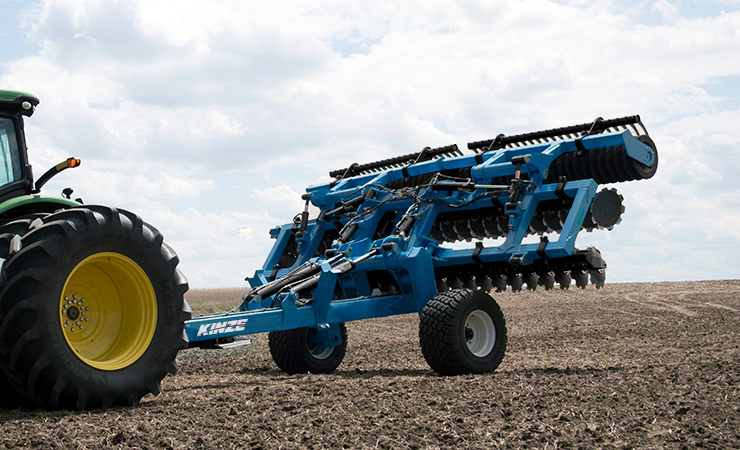ADVANTAGES AND DISADVANTAGES OF AGRICULTURE TILLAGE

कर्नाटक के किसानो के अच्छे दिन
June 27, 2018
दिल्ली देहात के 36 गांवों के किसान प्रतिनिधियों ने दिया “लैंड पूलिंग” को समर्थन
June 29, 2018EIN NEWS.COM
THE DEBATE OF AGRICULTURAL PREPARATION OF THE SOIL THROUGH THE TILLAGE PROCESS IS ONGOING, BUT WORTH CONSIDERATION.
When the subject of agriculture tillage comes up many probably think of the Dust Bowl of the 1930s. Soil tillage can adversely affect soil microbes exposed to wind and water, and during this period in the United States where windstorms were abundant and tillage was done year after year, a drought came that made many re-think the effectiveness of tillage.
There is not a clear yes or no answer to whether agricultural preparation of the soil through tillage is good. In some instances it can be useful and in others it is not.
ADVANTAGES AND DISADVANTAGES OF AGRICULTURE TILLAGE
Tillage is a form of weed control, for one. When a farmer plows it can go as much a foot deep in the soil and can lead to a loss of 90 percent of the crop residue. Its benefit, however, is that it disrupts the life cycle of weeds and pests.
Another advantage of tillage is crops can grow more quickly as tilling allows you to prepare a farming space fast. No-till advocates will say this can lead to the loss of soil and organic matter which points to the need for green manuring.
The main argument against no-till farming is the increase of chemical herbicides and pesticides it requires. This can be counter-productive to an agricultural operation aiming for environmental sustainability. Pro-till operations will point out there is a right way and wrong way to till and there is not a reason this method cannot be used in the field.
On the other hand, the no-till method has many benefits for the land and environment. It leaves the soil undisturbed and leaves crop residue in the soil. Additionally, soil erosion is eliminated in no-till production. In terms of environmental impact, a no-till practice can reduce a farm’s global warming footprint as much as 80 percent.
Farmers can also see a significant drop in labor costs with no-till farming. Tilling soil can require up to five passes over the land with a plow where no till requires one. Purdue University calculated a farmer will save about four 60-hour work weeks on a 500-acre farm with this practice.
WHICH METHOD IS RIGHT FOR YOUR AG OPERATION?
No-till farming has not seen widespread adoption in the United States. One of the main reasons for that is that some crops have to be planted on tilled lands. There are also expensive start-up costs and a learning curve as no-till practices can breed different pests and weeds.
Whether or not tilling is something a farmer can and should do depends on the situation that farmer is in. While no-till farming may help the environment and the land and agriculture tillage can possibly hurt the soil, the answer of which is better remains unclear.
Whether you are looking at agricultural machines or agricultural technologies that might help you make that conversion to a no-till farm or are considering how to expand your operation while continuing environmentally sustainable soil tillage practices, our team is here to provide agricultural lending solutions to meet your agribusiness needs.
———————————————————————————————————————–


